(If you like this post, bless the Algorithm Angels, the Digital Devas, or whatever you’d like to call them by selecting the “heart” icon ❤️ even if you’re not a subscriber. It helps!)
In Simplicity vs. sophistication in mystical fiction, part 1, I shared a brief story of when I led a small choir in singing a song called I Wander with Thee, written by J. Donald Walters (Swami Kriyananda). The song was written to was written to express the spiritual freedom of Saint Francis in the moment that he threw off his rich garments and dedicated his life wholly to God. (The other post contains the audio of the original song as it’s usually sung with strummed guitar accompaniment.)
Now, if you just want to hear my instrumental arrangement, which is the subject of this post, you can scroll to the bottom for the audio. But perhaps you might want the story of this particular piece first!
Many years ago, in 1996, I was putting together a slide show (with 35mm slides and cross-fading projectors and all that) for photographs I’d recently taken in and around Assisi, Italy. One set of pictures were from Eremo delle Carceri, or “Hermitage of Isolated Places (Cells)” that’s located just outside Assisi on the slopes of Mount Subasio.
The hermitage and its lovely sylvan environs are exceptionally peaceful. It was no mystery why St. Francis and the Brothers came here, as I’m sure Assisi was a rather raucous place at the time. (The only warning At L’Eremo is to watch out for vipers, if I read the Italian correctly.)
St. Francis and the Brothers spent long periods of seclusion in the cells, which are little stone huts and shelters strewn along the mountainside trails.
The devotion there was quite palpable, and I could easily picture various joyful monks walking those paths, using the simple materials of the forest to express their devotion.
For my slide show, I Wander with Thee felt like it expressed the qualities of that setting. The song, however, is fairly short: once through the melody takes about 20 seconds; singing the two verses together takes about 45 seconds, and twice through (as on the vocal recording) with a tag comes in around 80 seconds. Because I had 18 slides for this segment of my show, and because I wanted each image to stay up for about ten seconds, I needed a recording that repeated the melody nine or ten times over three minutes.
There were no such recordings, however, as repeating the whole song (with the lyrics) four or five times over feels somewhat overbearing unless there’s some kind of variation along the way, but the lyrics don’t really accommodate such variation.
What I figured to do, then, is put together an instrumental arrangement that repeated the melody the necessary number of times, using a different instrument for, say, two melody passes at a time. But when I tried this with a MIDI sequencer on my computer, which I had hooked up to a decent synthesizer keyboard, the repetitions didn’t seem to fit the feeling and mood of the photos. Another solution was called for.
I decided to try a method for drawing inspiration that the song’s composer, J. Donald Walters, described in his book, Meaning in the Arts (later replaced by Art as a Hidden Message: A Guide to Self-Realization, a book that I found so meaningful that my wife and I sponsored its publication). Put simply, the method involves getting very clear about the nature of the inspiration you want, which in the case of music is being clear about the feelings you want to express. You then hold that clarity up to God (or your Higher Self, if you prefer) at the “broadcasting station” of the nervous system, the point between the eyebrows (also called the spiritual eye). From that point you ask—demand even—an answer, then listen in the heart for a response.
For my slide show, I sat in silent meditation for a few minutes, then pictured L’Eremo clearly in my mind and reawakened the feelings I’d experienced there. I pictured the humble carceri along on the mountainside (as in the photograph above) and the forest trails that wound between them. Then I visualized St. Francis coming along the trail playing the melody for I Wander with Thee on a pan flute, which seemed an appropriate instrument for the setting. I heard—or, I might say, audiated—the music clearly in my mind and absorbed myself in its spirit.
Then, holding my heart and mind up to God, I mentally said, “Now, another monk appears around the corner. What instrument is he playing?” An image immediate came to mind of a Brother holding a regular flute. But instead of playing the melody, he was playing a simple counterpoint. After listening to that counterpoint for a bit, I went to my keyboard, tapped out the notes, and wrote them out on a piece of music paper.
A short time later—while I was actually in a hotel room in Santa Clara, CA on a business trip—I continued the process. I sat down, visualized and felt the scene again, focused myself at the spiritual eye, and asked, “OK, a third Brother comes dancing around the corner. What’s he playing?” This time I got the impression of a monk carrying a lyre on which he strummed simple accompaniment chords wit occasional arpeggiation. I’d brought my music paper, so I wrote those chords out alongside the melody and the flute counterpoint.
I repeated the process twice more. The fourth monk carried a lute on which he also plucked out chords, but in the pattern of a waltz: plucking the low note once followed by plucking multiple high notes twice. As with the harp, I wrote the pattern out on the music.
Finally, a fifth Brother carried a wooden recorder and played a higher, lighter descant, almost as if adding the singing of the birds to the joyful dance of the monks. On the music paper I wrote out an approximation of the notes, enough to recreate the part once I got back to my keyboard.
When I returned home, I refined the details and found that all the parts worked well together and in different combinations, even when I dropped the original melody. The final arrangement, then, which has the right number of transition points for the slides I wanted to show, runs as follows:
Pan flute solo on melody.
Pan flute melody with flute counterpoint.
Flute counterpoint with harp accompaniment.
Pan flute melody with harp accompaniment.
Pan flute melody, flute counterpoint, and lute accompaniment.
Pan flute melody with harp and guitar accompaniments.
Recorder melody with flute counterpoint and harp accompaniment.
All the instruments together for a finale.
A repeat of the finale, with a little ritardando at the end.
This arrangement, which you can hear below, worked very well for the slide show. To me, the melody, counterpoint, and decants all evoke the same underlying feeling as the melody but also provide a distinctive secondary feeling, especially in combination with the harp and lute accompaniments.
I still enjoy listening to this arrangement even 28 years later.
What do you think?
(If you like this post, bless the Algorithm Angels, the Digital Devas, or whatever you’d like to call them by selecting the “heart” icon ❤️ even if you’re not a subscriber. It helps!)


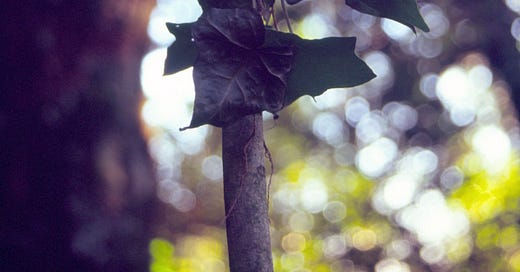

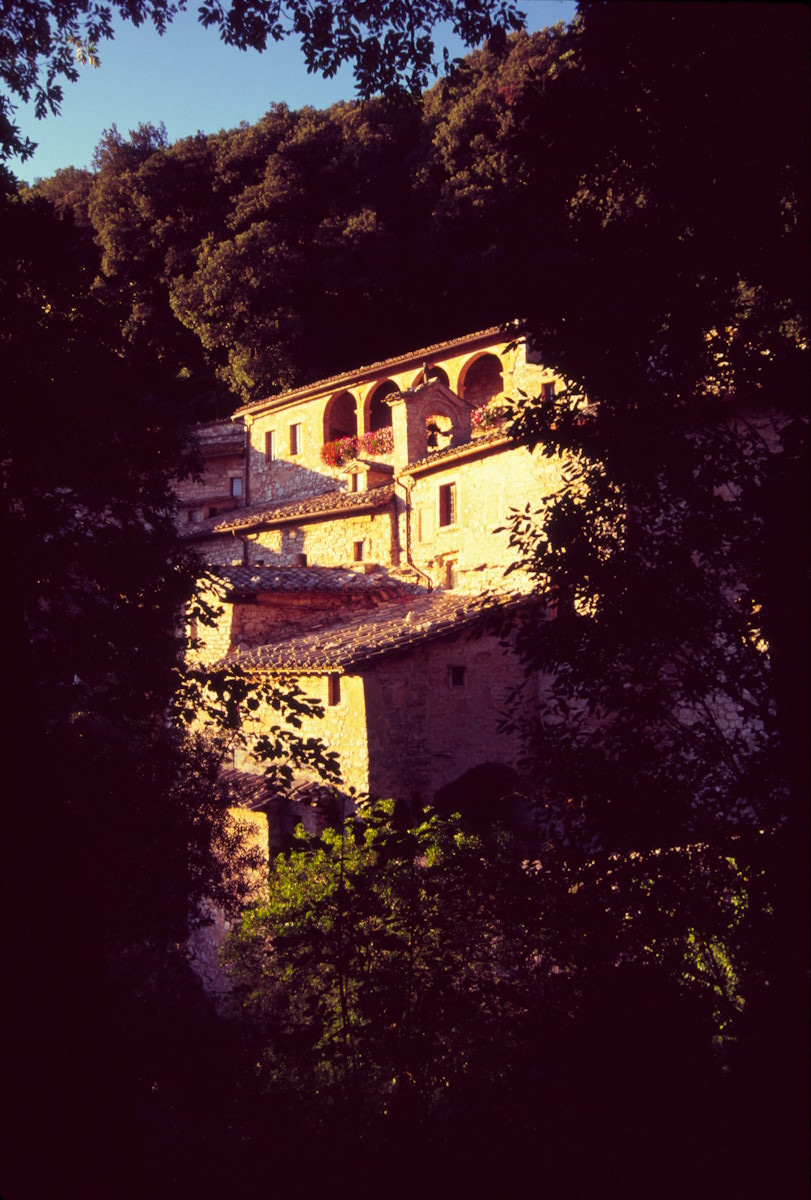


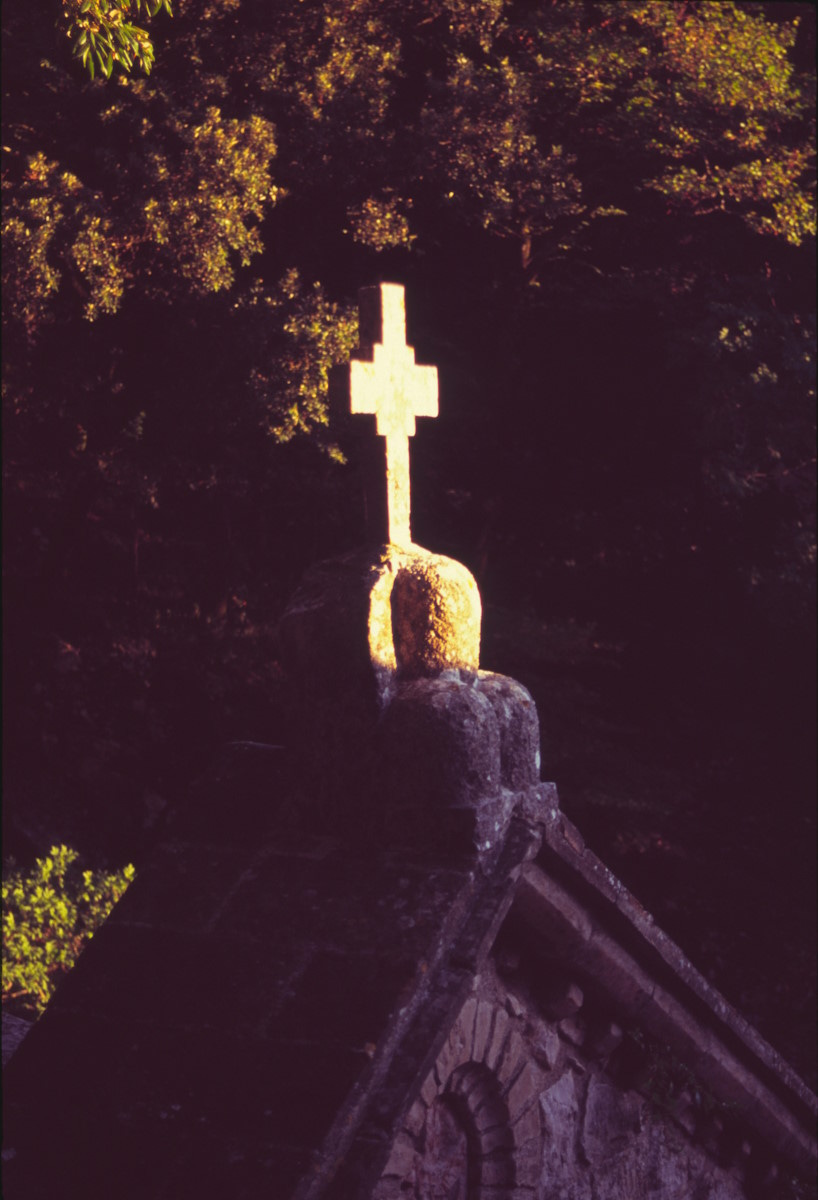
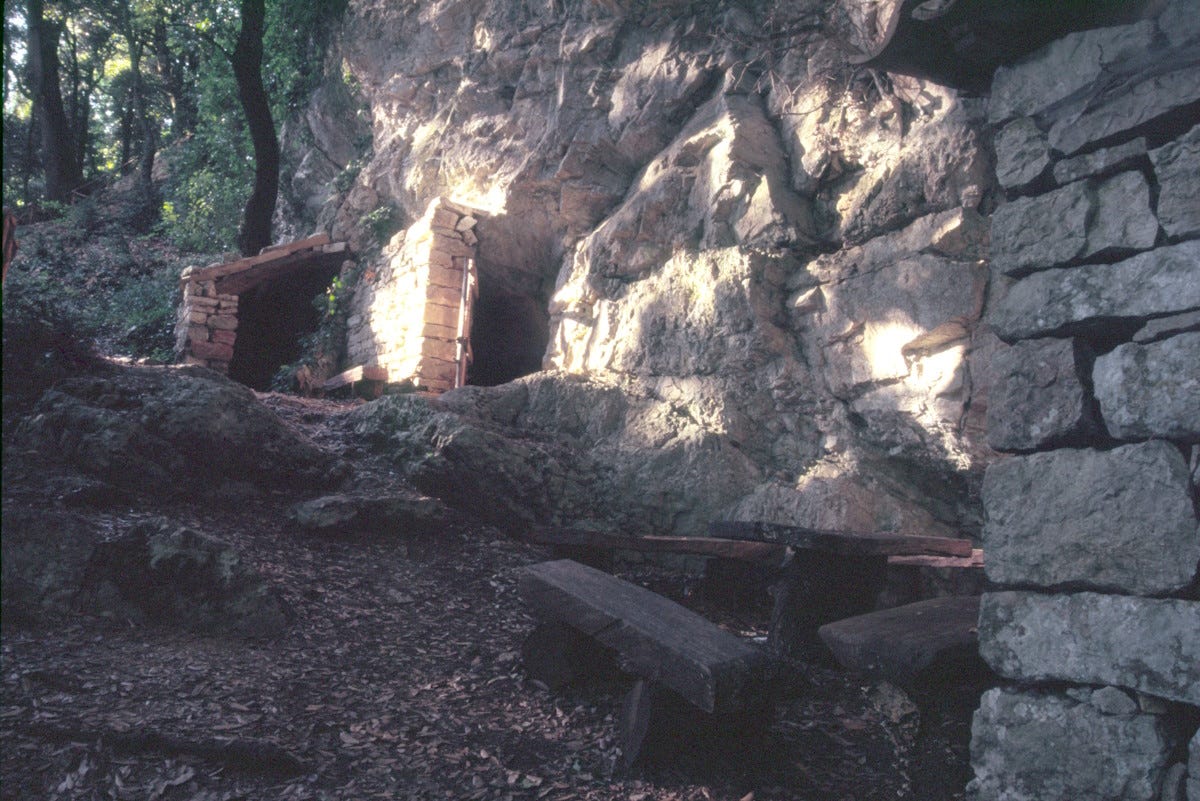
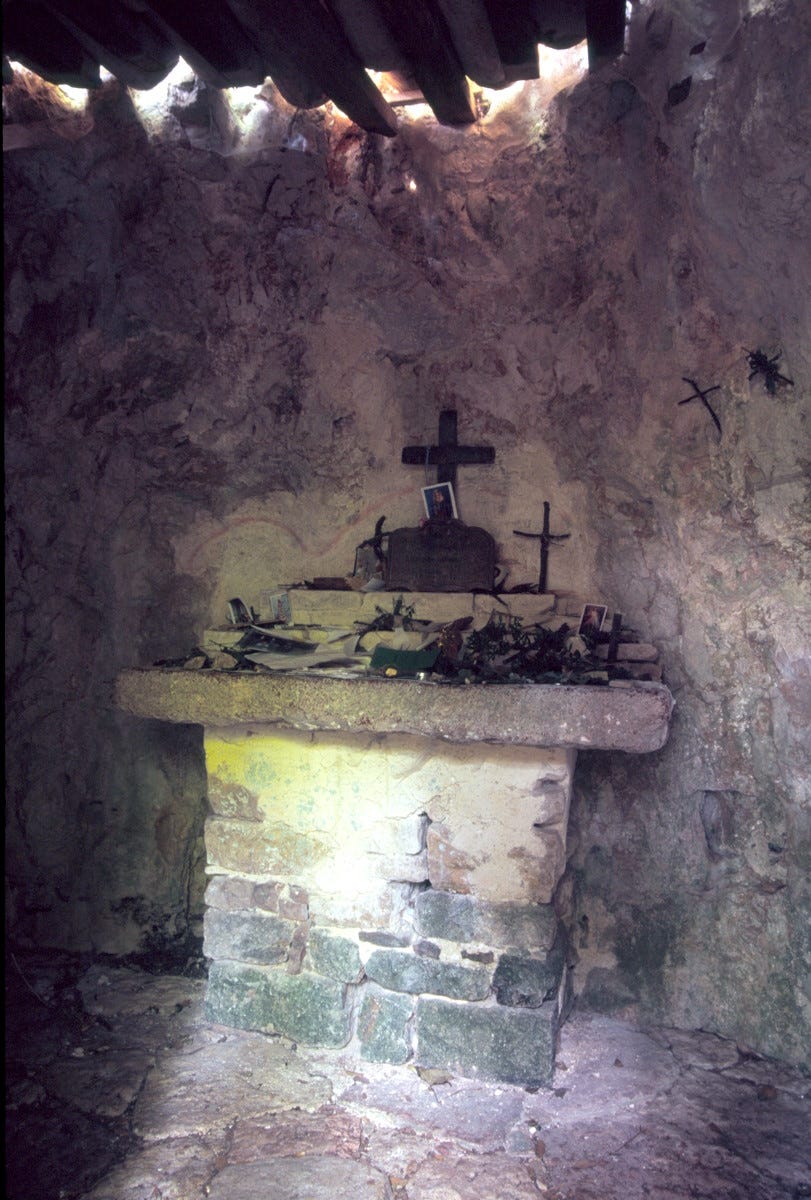

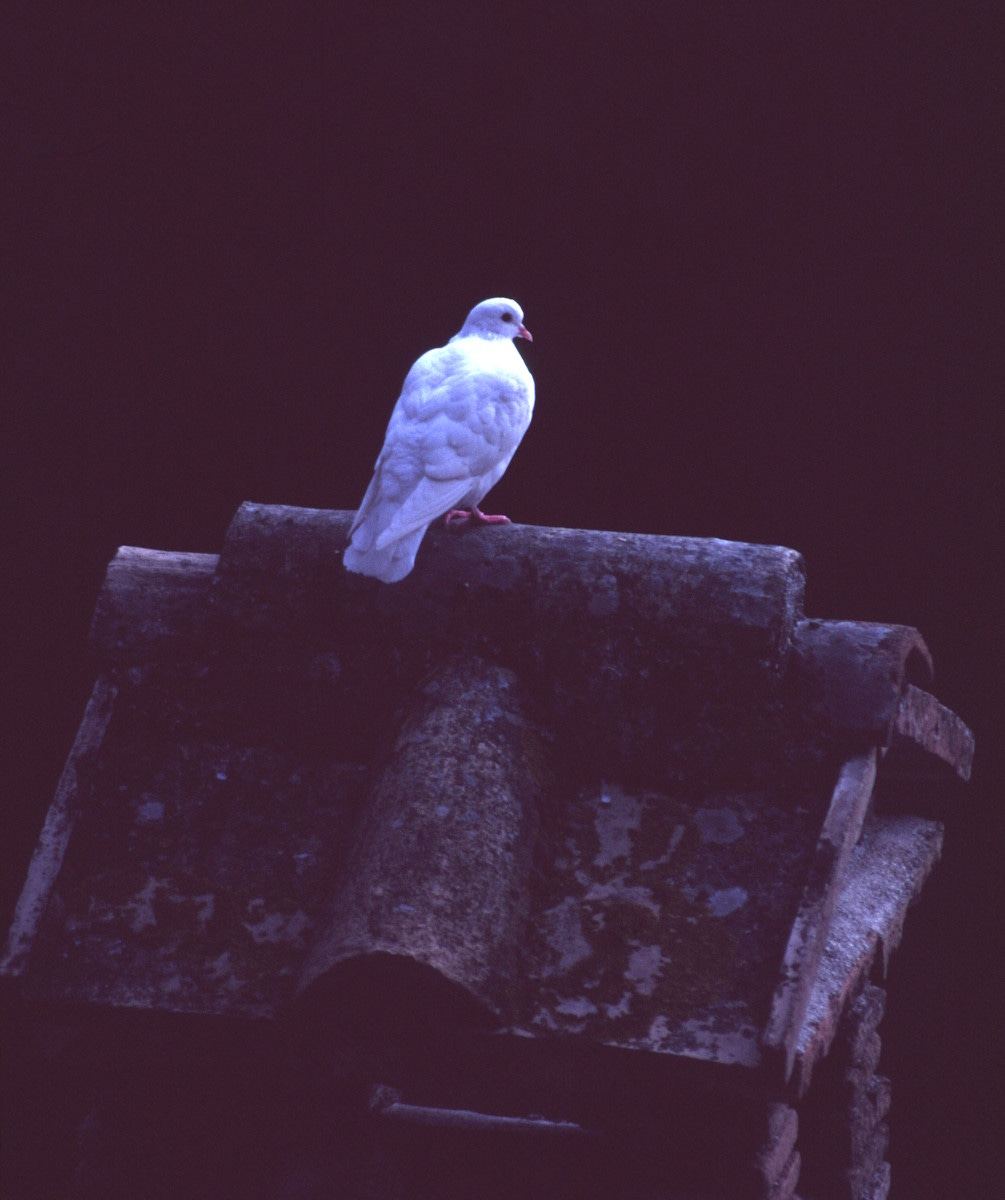
Absolutely delightful!!
With blessings,
Priya